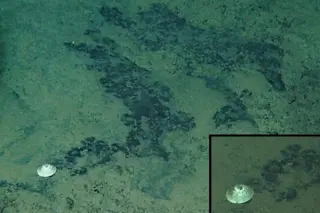The search continues for the missing Titan submersible, which lost contact with its parent ship on the morning of June 18, 2023, 1 hour and 45 minutes into a planned multi-hour dive to the wreck of the Titanic.
The capsule-shaped vessel belongs to the OceanGate company, which offers seats on the submersible, and a chance to visit the famous ocean liner, at a cost of $250,000 person.
As the Boston Coast Guard leads a challenging rescue effort, details have begun to emerge about the cramped, exhilarating and potentially dangerous world of deep-sea submersibles.
Read More: Looking Back on the Discovery of the Titanic
OceanGate developed Titan to be cost-effective and use as many off-the-shelf components as possible, and the interior is plain in design. The craft holds five adults, including a pilot, and a large viewing port the company often touts as the largest of its kind. The pilot steers ...














